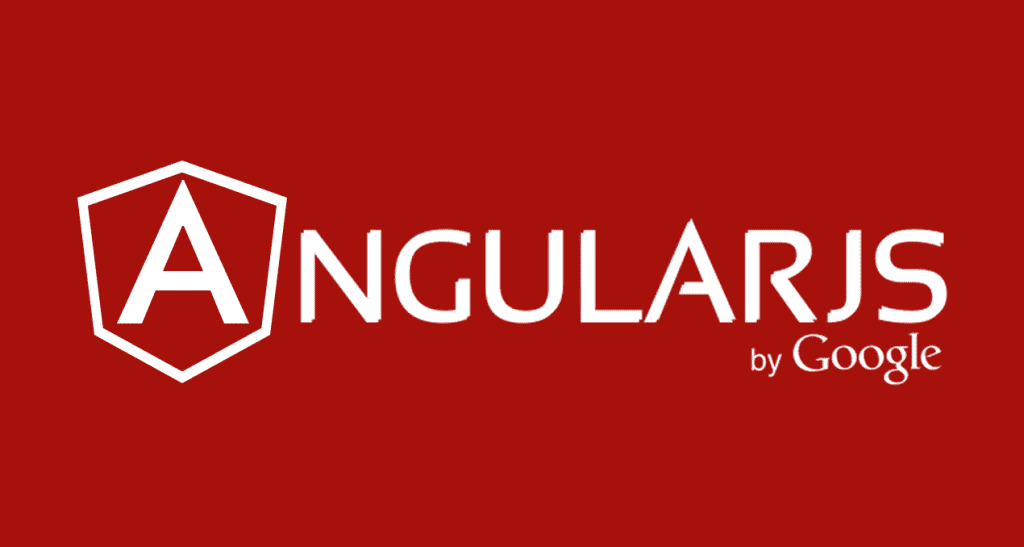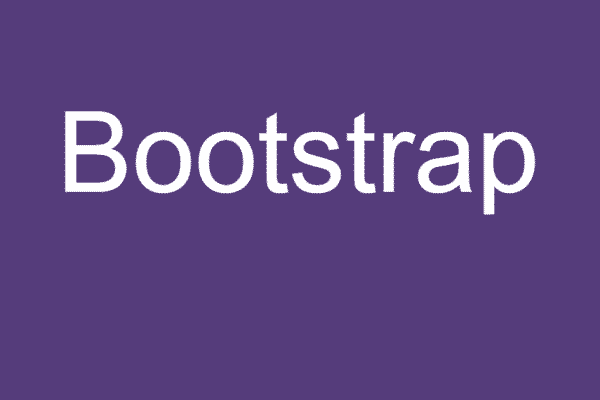Updated: 4/10/2023
Software development has a notoriously fast lifecycle, now more so than ever. As such, choosing the right front-end framework for your web application is essential to your success. Not all front-end frameworks will be right for your development needs; some are better to suit the unique challenges that you, as a developer, encounter every day. As you research possible front-end frameworks for your organization, it is important to keep both the user and the development team in mind. A high quality front end framework:
- Provides quality UX and UI
- Is intuitive for the development team to work with
- Is easy to maintain and test
- Has regular updates to meet the evolving challenges of the market, such as security threats and seamless integration of emerging technologies
Ultimately, your front-end framework decision will depend on the needs of your development team and your organization’s end users. We’ve broken down the three most popular front-end frameworks available and their pros and cons.

React
As the front-end framework developed by Facebook, React focuses on high performance and next-level UI. It is feature rich and is known for working with a virtual DOM, which updates all end-user changes without affecting other levels of the interface. Additionally, it makes user updates quickly thanks to connection of the DOM with the user interface functionality. Its stable coding with one directional data flow make it the preferred font-end development framework for companies like Instagram and Netflix.
Pros:
- The responsive virtual DOM makes the experience intuitive for both the end user and the development team. It also allows for updating without any interference of other parts, which creates a better experience for all participants involved.
- The ability to reuse components is time-saving.
- Other than Java Script, React is the only front-end framework with stable code provided by one-direction data flow.
- An open source library encourages collaboration between developers.
- Current Version: React 18
- Learning Resource: React.dev
Cons:
- Though React is intuitive, it requires a longer learning curve than most and can have updates that often change major aspects of the architecture, leading users to re-learn react specific paradigms.
- React prides itself on fast development, which naturally translates to less documentation.
Vue.js
As a dark horse in the development world, you likely will not find a long list of big companies using Vue.js – but that is part of its appeal. Created in 2014, it is popular among developers because of its inherent accessibility, short learning curve, and simplicity to integrate with other applications and technologies. It works on 2 way reactive data binding and does not require the use of extra libraries. It does not sacrifice scalability, however, as it can easily integrate with libraries and readily be applied to larger projects.
Pros:
- It is simple and extremely intuitive to use. If you want to learn a front-end framework and start using it the same day, this is your pick.
- Its documentation process is virtually unmatched, and you’ll find that information is always up to date.
- Reuse codes and enjoy the flexibility of applying sing components to multiple projects.
- Current Version: Vue 3.2
- Learning Resource: Vuejs.org
Cons:
- For some, too much flexibility might not be a good thing, as it can cause irregularities within the code.
- Since it is not as popular, it does have a smaller developer’s network, so it can be harder to find help when you need it.

Angular
Angular, or Angular 2+, is brought to you by a team in Google and is a complete rewrite of the original front-end framework originally launched in 2010. The overhaul, which relaunched in 2016, was specifically designed to meet the challenges most common in the modern day of coding. It has been a source of controversy since its launch, particularly because there was no backwards compatibility with the previous iteration. However, every iteration going forward will have backwards compatibility, according to its developers.
Angular is popular because it stands alone as a fully-loaded, comprehensive development solution, not just a network of libraries. Developers can use their time more efficiently and accomplish their tasks rather than searching for libraries as a result.
Pros:
- The Angular framework has a component-based infrastructure, which allows developers to create UI with single parts that can be reused, which allows for simplified user testing and maintenance.
- The coding process is easier for many developers because it uses TypeScript as its core language.
- Powered by Google, Angular comes with a Universal Support system, a complete suite of Devops tools, and Google Long-Term Support. You would be hard pressed to find a higher performing network.
- A large ecosystem gives developers access to libraries and support when they need it.
- Current Version: Angular 15
- Learning Resource: Angular.io/quick-start
Cons:
- Though Angular addressed the controversy of backwards compatibility, it is still an unwieldy undertaking to transfer legacy systems to Angular, due to the huge differences between the old and new systems.
- Angular is not as intuitive as some of the other frameworks out there, in part because of its complex network of tools.
- Junior developers may have a difficult time learning Angular’s structure.
- Angular does have decent documentation, but it can be difficult to learn. Developers often must turn to online forums to learn more about it.
- Falling out of vogue with startups
Help with choosing the best front-end frameworks
Front-end frameworks can prove incremental for both the success of your developers and end users. Choose it carefully, and contact Imagine Monkey if you need help with the development and managed support of your website or consultation on modern web software.

